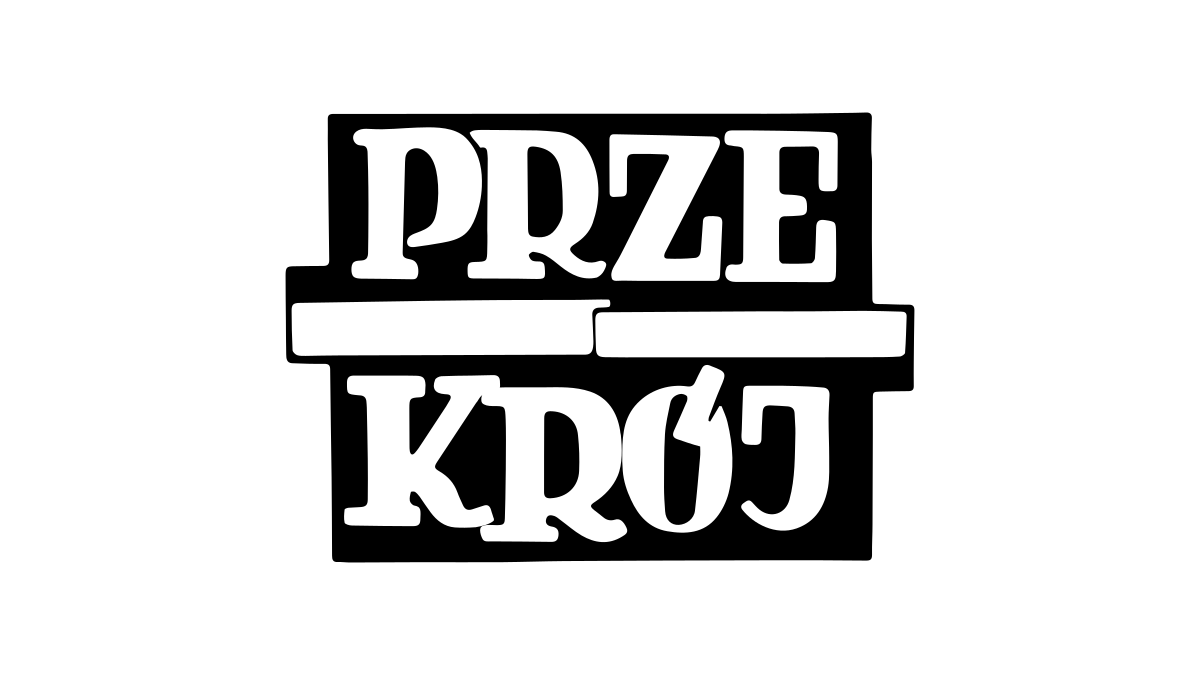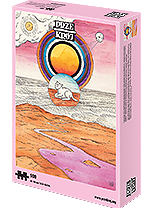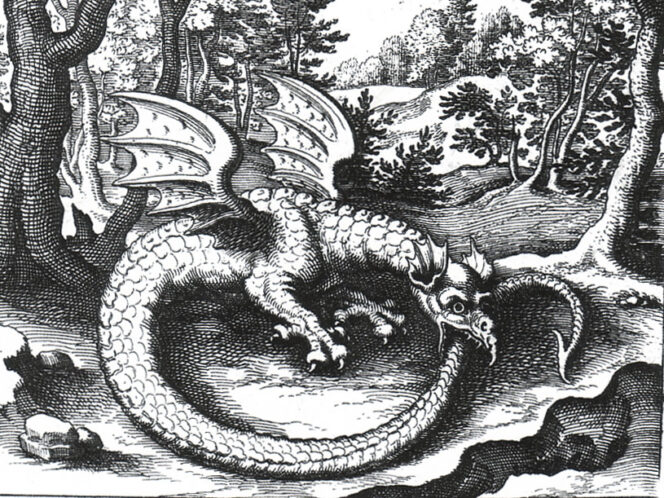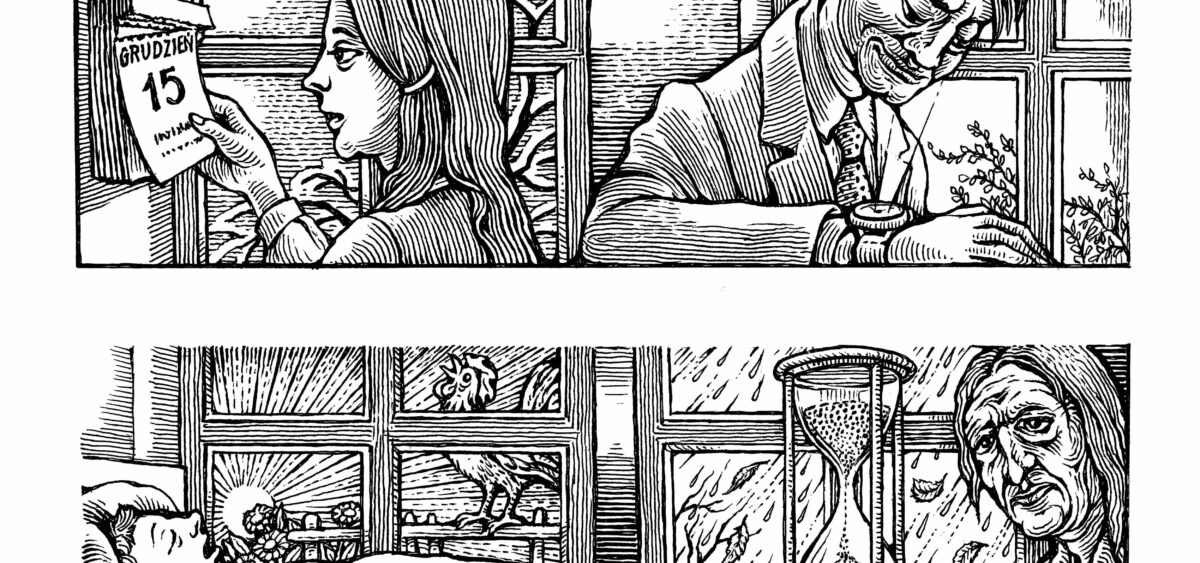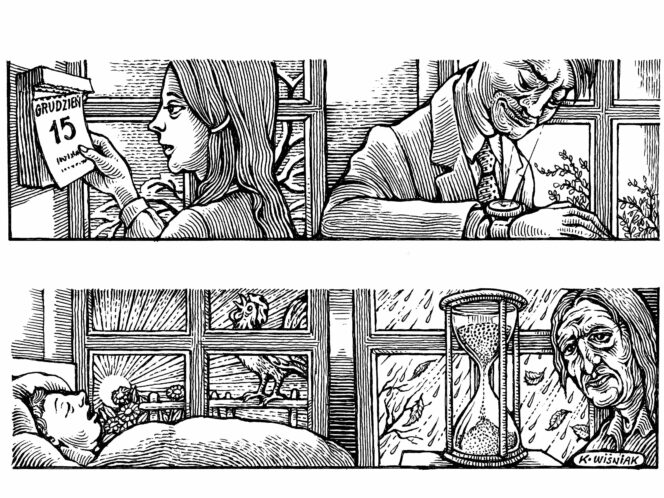
The ouroboros, a serpent devouring its own tail, has slithered into modernity all the way from ancient Egypt. For thousands of years, it separated this world from the underworld, and made sure that the gods remained eternally young. More recently, it can be most frequently encountered in the form of a tattoo.
The symbol of a serpent with its tail in its mouth is one of the most unusual images accompanying mankind for thousands of years. Its official name is the ouroboros – derived from the Greek oura (‘tail’) and bora (‘food’). In the most general terms, it symbolizes cyclical renewal, an eternal return, a closed cycle. The history of the ouroboros is a fascinating tale, with so many diverse, intertwined threads that it is difficult to present it in whole. Individual elements of the story are like scales arranged in rows along the length of a snake’s body. So let us embark upon a journey along some of this cosmic monster’s scales, starting from the end, or the ‘tail’, which is nevertheless gripped in the serpent’s mouth and therefore also marks the beginning.
Modern pop culture
First aired on 7th February 1997, the 13th episode of the fourth season of The X-Files, a cult series for the turn-of-the-century generation, has the telling title “Never Again”. It portrays Agent Dana Scully going through an existential crisis. As she herself puts it, she has the feeling that her life has lost its meaning; she is spinning her wheels, trapped in a vicious circle. She engages in a brief romantic
